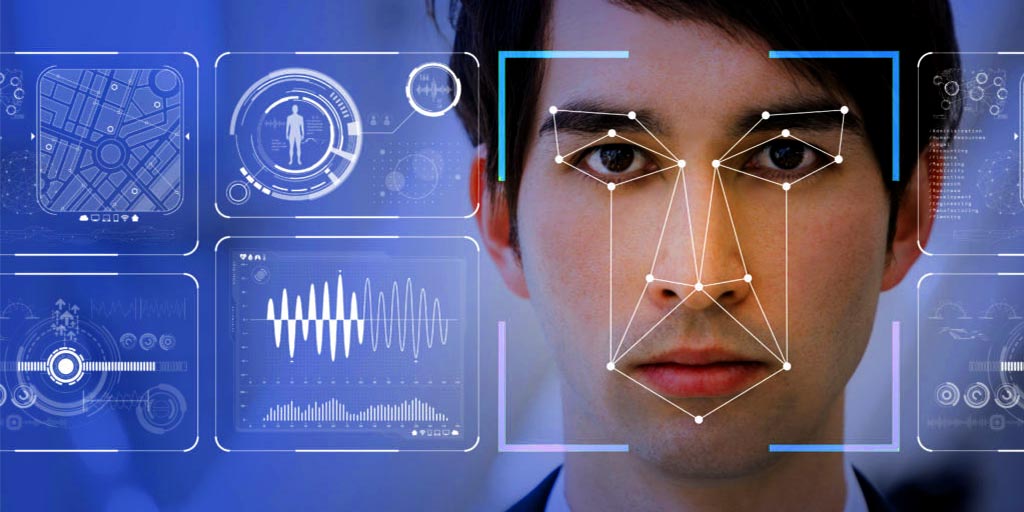Can Tom Cruise do tricks at TikTok, Brad Pitt become the Terminator, and Elon Musk play online casino Canada? With deepfakes, everything is possible. The term comes from two words: “deep” and “fake.” Deep in this case refers to deep learning. Neural networks can be used to generate images and videos of non-existent people, replace faces, and fake voices.
Deepfakes are already being used in advertising, fashion, and training. However,over 90% of fakes are created to hurt reputations.
Figures and Facts
The number of deepfakes is growing exponentially. In December 2018, you could find about 8 thousand fake videos online, in December 2019, over 24 thousand, last year, 85 thousand.
In 2019, Forrester predicted that total monetary losses to businesses due to deepfakes would reach $250 million in 2020.
Deepfakes as a Tool for Fraud
Pornographic Blackmail
A large part of deepfakes is pornography. Celebrities regularly become victims. For example, these were Natalie Portman, Taylor Swift, Gal Gadot, and others.
In 2021, video call scams have become increasingly common in India, where a woman undresses on camera and encourages a man to do the same. The victim is videotaped and then blackmailed, extorting up to 2 million rupees. Police in Ahmedabad found that in 60% of the cases, the victims were not talking to real women, but to deepfakes. The scammers use software that translates text into audio and presumably video from porn sites.
Fake Calls
In 2019, the U.K. recorded its first case of dipfake audio fraud. The CEO of a British energy company thought he was on the phone with the director of his German parent company. A voice faked with the help of neural networks asked him to transfer €220,000 to the account of a Hungarian supplier within an hour.
A similar case happened in 2020. An employee of a technology company received a voice message from a “CEO” who asked for help with an urgent business deal. The voice sounded rather mechanical, so the employee suspected something was wrong and sent the message to the legal department.
Political Shenanigans
A frequent fear associated with deepfake is that they will be used for political purposes. There are already examples of this, and we are not talking about Obama’s famous deepfake, where he calls Trump names. In February 2020, the day before the Legislative Assembly elections in New Delhi, deepfake videos of the head of one of India’s leading national parties went viral on WhatsApp. In one, he spoke in a dialect of Hindi, Haryani. The video was used to dissuade migrant workers from voting for another party. The deepfakes circulated in 5,800 WhatsApp groups in Delhi, reaching 15 million people.
Some Other Cases
The possibilities for fraud through deepfake don’t stop there. They can be used to bypass facial recognition systems like Face ID and gain access to users’ personal data. In January 2021, the Shanghai People’s Procuratorate arrested two Chinese residents who bought photos of people, “brought them to life” with the help of apps and passed the tax service’s identity verification system. The criminals registered a company and gave their customers fake invoices. They made $76.2 million over two years.

“Hardcore beer fanatic. Falls down a lot. Professional coffee fan. Music ninja.”






More Stories
SALES / PHOTO SALES – Nikon D850 “5 Star” Bare Body Photo Body at €2,539.00
Discovering a new turning point under the Antarctic ice sheet! What are the consequences?
Record number for an insect!